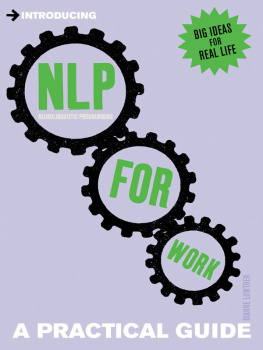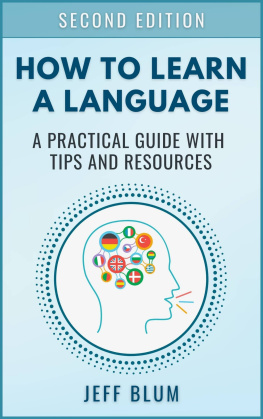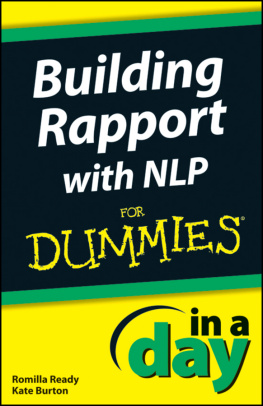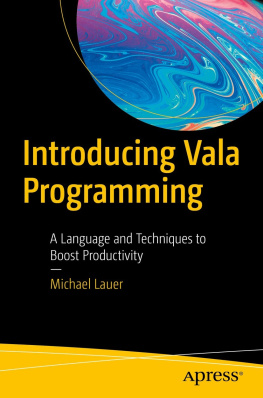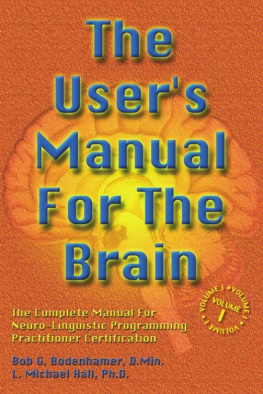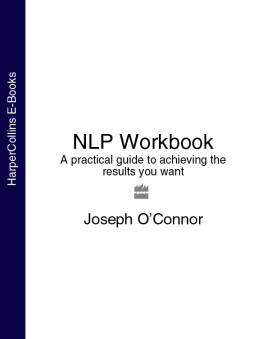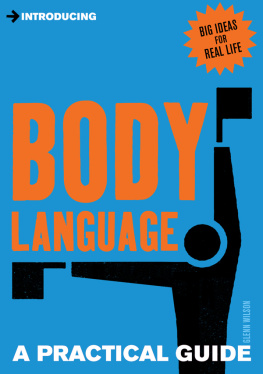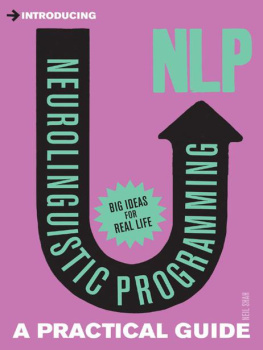

First Published in the UK in 2012
by Icon Books Ltd,
Omnibus Business Centre,
3941 North Road,
London N7 9DP
email:
www.iconbooks.co.uk
This electronic edition published in the UK in 2012 by Icon Books Ltd
ISBN: 978-1-84831-381-1 (ePub format)
ISBN: 978-1-84831-382-8 (Adobe ebook format)
Printed edition sold in the UK, Europe,
South Africa and Asia
by Faber & Faber Ltd,
Bloomsbury House,
7477 Great Russell Street,
London WC1B 3DA
or their agents
Printed edition distributed in the UK, Europe,
South Africa and Asia
by TBS Ltd,
TBS Distribution Centre,
Colchester Road,
Frating Green,
Colchester CO7 7DW
Printed edition published in Australia in 2012
by Allen & Unwin Pty Ltd,
PO Box 8500, 83 Alexander Street,
Crows Nest, NSW 2065
Printed edition distributed in Canada
by Penguin Books Canada,
90 Eglinton Avenue East, Suite 700,
Toronto, Ontario M4P 2Y3
Printed edition published in the USA in 2012
by Icon Books
Inquiries to: Icon Books Ltd,
Omnibus Business Centre,
3941 North Road,
London N7 9DP, UK
Printed edition distributed to the trade in the USA
by Consortium Book Sales
and Distribution
The Keg House, 34 Thirteenth
Avenue NE, Suite 101,
Minneapolis, MN 55413-1007
Text copyright 2012 Dianne Lowther
The author has asserted his moral rights.
No part of this book may be reproduced in any form, or by any means, without prior permission in writing from the publisher.
Typeset in Avenir by Marie Doherty
Contents
About the author
Dianne Lowther first started learning NLP in 1992 after graduating in Psychology. Since then she has delivered or co-delivered almost 1,000 days of NLP training. Dianne qualified as a Master Trainer of NLP in 2009 and is the author of two self-study programmes, Leadership through Everyday Conversation and Use Your NLP.
Applications of NLP in the workplace have always been Diannes principal focus. Since forming her company Brilliant Minds in 1996 she has become a sought-after consultant and coach, working with organizations in a variety of sectors including technology, finance, engineering and leisure. At the 2009 National Training Awards, Brilliant Minds won a Welsh Training Award for Partnership and Collaboration with Schaeffler (UK) Ltd on an NLP Practitioner programme for the leadership team that enabled significant improvement in business results.
Authors note
Its important to note that there are many frequently used stories, anecdotes and metaphors employed in NLP. Where I know the source I will be sure to reference it, but my apologies to the originators of any material if I have overlooked them here.
Introduction
What is NLP?
Have you noticed that people are different? Of course you have. Have you ever wondered how those differences are created? I can explain. If you begin with the fact that most of us have five senses and yet there is far more information available to those senses than we could possibly process or would want to then you have the key.
Given that our senses pick up more information than we can actually use, a filtering process must be going on in order to feed our conscious awareness with a manageable amount of data. Therefore each of us is aware of only a tiny proportion of what is going on at any one time. In effect, we all create our own highly subjective map of the world inside our own minds. Small wonder then, that two people can emerge from an hour-long meeting with totally different views about what has been agreed or decided!
Neuro-linguistic programming (NLP) is built upon a systematic approach to understanding this filtering process, the nature of the filters which may include beliefs, values, past experiences and languages and the extent to which the resulting map of the world is effective.

An effective map of the world is one that supports the achievement of your goals. An ineffective part of the map is one that gets in the way of the achievement of the same goals.
NLP is also concerned with how an ineffective part of your map of the world can be adjusted to become effective. Hence NLP has generated many techniques for systematically changing behaviour, beliefs, habits, negative emotions and so on. It has also given us many equally useful techniques for eliciting information about maps of the world and the ways in which they operate, effectively or ineffectively. And ultimately, all maps of the world are effective at producing results its just a question of whether or not they were the results you wanted!
NLP is mostly concerned with structure rather than content. That means were interested in the way that people think and act rather than what theyre thinking or doing. This is important because there are observable patterns in the way that people think and behave. When we become familiar with the patterns we can plan our approach to take account of them.
The official Society of NLP definition of NLP is that it is the study of the structure of subjective experience.
The origins of NLP
NLP was developed in the 1970s by Richard Bandler and John Grinder at the University of Santa Cruz in California. Initially, Bandler and Grinder collaborated on a project to identify the structure of influential language used by some of the great psychotherapists of the day. That study yielded not only some groundbreaking insights into the way that language can change perceptions, but also a new methodology modelling that could be used to distil the essence of the skills of any person. (Modelling is described in more detail in .)
There are plenty of books available that describe the early stages of the development of NLP. My purpose here is to give you an experience of the practical uses of NLP in a 21st-century workplace, so rather than a history lesson, let me give you some food for thought.

If you were able to figure out the patterns in the way that the people around you behave or respond, and then accurately predict the best way to influence each person, what would that make possible for you?
And if you knew how to create the conditions so that you could work effectively and easily every day, what would that make possible for you?
Is it worth a few hours of your time to read this book and find out?
Whats in a name?
With a name like neuro-linguistic programming, its not surprising that most people prefer to use the abbreviation NLP. However, the full name gives us clues to what this subject is about:
Neuro: concerning the brain and the nervous system
Linguistic: concerning language
Programming: mmm, this is where a lot of people get a bit uncomfortable. When you see brain and programming in the same sentence, what do you think about? Brain-washing? Mind control? I think Id better explain.
When we talk about programming in NLP, it refers to programmes of behaviour. Habits.

Next page
